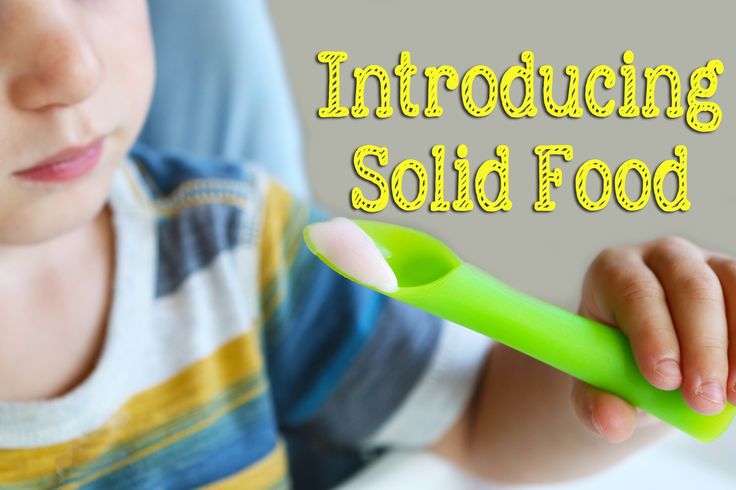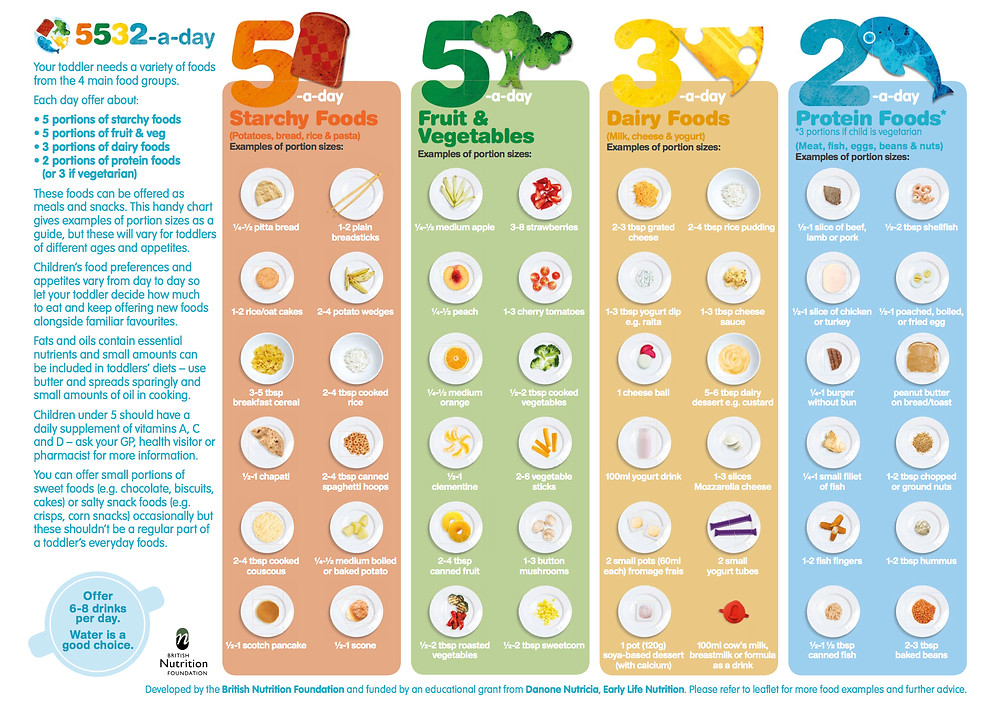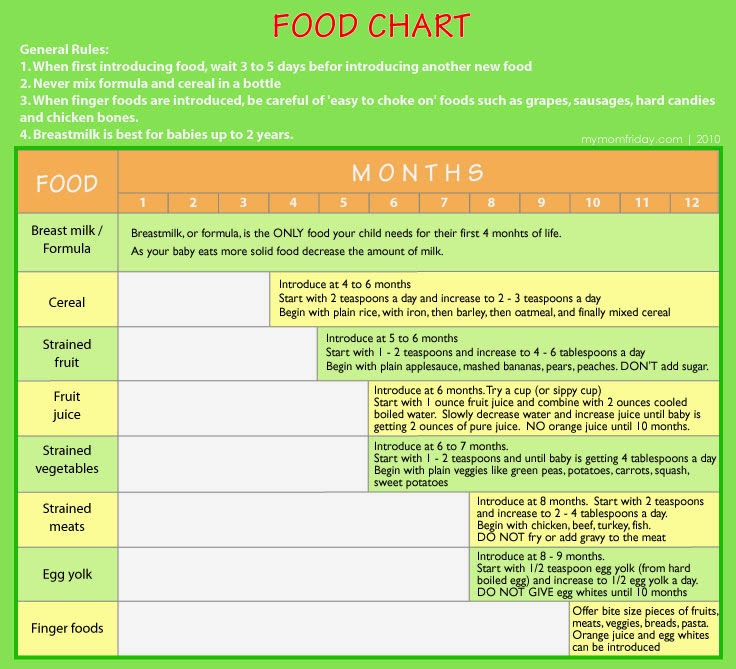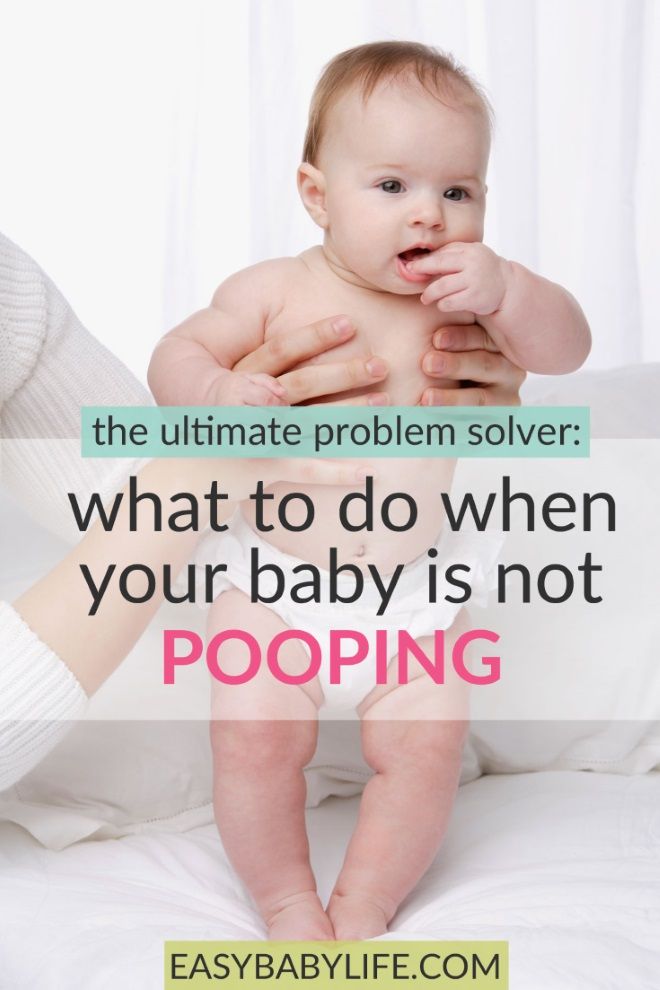When to give your baby finger foods
Best Finger Foods for Babies: The Ultimate Guide
How exciting that your baby is about to graduate from mushy foods to finger foods! This is a big step in your little one’s development. However, you may be wondering when’s the right time to start finger foods, and how to tell that your baby is ready. We’ll answer all these questions and more, plus give you a list of the best finger foods to introduce to your baby first.
Introducing Finger Foods to Your Baby
So, when can babies eat finger foods? You can start to give your baby finger foods around the time they’re able to sit up independently and can bring their hands to their mouth. This may happen between the ages of 8 months old and 9 months old, but your baby may be ready a little sooner or later than this time.
Around this time, you may also notice that your baby is developing their pincer grasp and may be making chewing motions. These are both great indications that your baby’s ready for finger foods. Moreover, using their fingers to pick up foods will further develop your baby’s fine motor skills.
Some parents who adopt the baby-led weaning approach may start offering finger foods to their infants as early as 6 months old. This method skips spoon-feeding with solid foods and instead lets your baby take the lead in self-feeding with finger foods. Some believe this approach can decrease fussiness when it comes to introducing new foods, including finger foods, to your baby. Speak to your child’s healthcare provider if this method is something you’d like to try.
Giving your baby finger foods can help your little one learn to feed themself, just one step toward gaining independence. Self-feeding can be great fun for your baby. Even if much of the food doesn’t end up in your baby’s mouth, the fact that they’re exploring this new frontier is an accomplishment to be proud of.
First Finger Foods for Your Baby
As you begin choosing finger foods for your baby, check out the following ideas:
Steamed veggies like sweet potatoes, potatoes, carrots, green beans, peas
Soft, ripe fruits like bananas, berries, peaches (peeled), mangoes (peeled)
Whole-grain breakfast cereals (without nuts, clusters, or chunks)
Whole-grain pasta (cooked well)
Whole-wheat bread
Whole-grain crackers or wafers like teething biscuits
Soft meats like chicken
Cheese (mild)
Scrambled eggs.

Be sure that any of the above finger foods are cut into small pieces. You don’t want your baby eating a piece that’s too big to swallow. And, make sure to watch them while eating.
Finger Food Safety
During this time babies are more likely to swallow foods without chewing them, whether they have a few baby teeth coming in or they have no teeth. Avoid giving any finger foods that require a grinding action to chew (this type of chewing is typically mastered around the age of 4), as these may pose a choking risk. Offer finger foods that are soft, easy to swallow, and broken or cut into pieces that your baby cannot choke on. A good rule of thumb is that soft and mushy finger foods are safe for your baby. Small, round, coin-shaped, hard, chewy, crunchy, slippery, or sticky foods may lead to choking. Here are some foods to avoid offering your baby when they start on finger foods:
Peanut butter (in chunks)
Meat (in chunks)
Cheese (in chunks)
Raw veggies (in large chunks or round shapes), including celery sticks, carrot sticks, baby carrots, cherry tomatoes, and peas
Raw hard fruit (in large chunks or round shapes), including apples, pears, and grapes
Nuts (whole)
Seeds
Popcorn
Chewing gum
Candies (hard, gooey, or sticky)
Hot dogs or meat sticks.

There are ways you can still give some of the above foods while making them easier to eat and less hazardous to swallow. For example:
Grapes or cherry tomatoes, cut in half
Creamy peanut butter spread thinly on whole-grain bread that’s cut into small squares
Hot dog, cut lengthwise and then cut into small 1/2-inch pieces.
Note on Food Allergies
Medical experts once recommended that parents avoid feeding their babies eggs, fish, and peanut butter since babies may be allergic to these foods. However, it’s now recommended that you introduce these foods early—while keeping a close watch for any reactions—since this approach can help reduce your child’s chances of developing food allergies. Before introducing peanut butter or peanut products, consult with your baby’s healthcare provider. Your baby is more likely to be allergic to these foods if
food allergies run in your family
your baby is known to have an egg allergy
your baby has eczema.

The Bottom Line
It’s time to introduce finger foods to your baby when you see that they’re able to sit up on their own, start bringing their hands to their mouth, and can use a pincer grasp to hold onto small items, like finger foods. This development happens around the age of 8 or 9 months old, but you may see it sooner or later in your baby.
In the beginning, you’ll want to introduce finger foods that are soft and easy to swallow, since babies at this age tend to swallow instead of chew even if they have a few baby teeth. Think steamed veggies and soft fresh fruits. You can also introduce whole-grain bread, crackers, cereal, or pasta if they’re cut into small pieces. Chicken, mild cheese, and scrambled eggs are also great options when served in small pieces.
Avoid hard foods like raw veggies and fruits, as well as chunks of nut butter, cheese, and meat. Whole nuts and seeds are not recommended, nor are chewing gum, candies, hot dogs, or meat sticks. All these items can pose a choking hazard.
All these items can pose a choking hazard.
Transitioning to finger foods is a big step in your baby’s development and independence. Letting your baby self-feed with finger foods may be a bit messy at first, but you’ll both get the hang of it. Learn more about developmental milestones for your 9-month-old baby.
Finger Foods for Babies (for Parents)
When babies begin feeding themselves — a new task most really enjoy — they'll find that they like trying new tastes and textures.
By the time they're 9 months old, most babies have developed the fine motor skills — the small, precise movements — needed to pick up small pieces of food and feed themselves. You may notice that yours can take hold of food (and other small objects) between forefinger and thumb in a pincer grasp. The pincer grasp starts out a little clumsy, but with practice soon becomes a real skill.
Let your child self-feed as much as possible. You'll still help by spoon-feeding cereal and other important dietary elements. But encouraging finger feeding helps your child develop independent, healthy eating habits.
But encouraging finger feeding helps your child develop independent, healthy eating habits.
Finger feeding — and using utensils a little later — gives babies some control over what they eat and how much. Sometimes they'll eat the food, sometimes not, and that's all part of the process of learning self-regulation. Even little kids can tell when they're hungry or full, so let them learn to recognize and respond to these cues.
What Should a Baby Eat?
Now that they're joining the rest of the family for meals, older babies are ready to try more table foods.
This means more work for whoever makes the meals for the family, but dishes often can be adapted for the baby. For instance, your little one can have some of the zucchini you're making for dinner. Cook that serving a bit longer — until it's soft — and cut it into pieces small enough for the baby to handle. Pieces of ripe banana, well-cooked pasta, and small pieces of chicken are other good choices.
Before giving your child a finger food, try a bite first and ask yourself:
- Does it melt in the mouth? Some dry cereals and crackers that are light and flaky will melt in the mouth.

- Is it cooked enough so that it mushes easily? Well-cooked veggies and fruits will mush easily, as will canned fruit and vegetables (choose ones without added sugar or salt).
- Is it soft? Cottage cheese, shredded cheese, and small pieces of tofu are good examples.
- Can it be gummed? Pieces of ripe banana and well-cooked pasta can be gummed.
- Is it small enough? Food should be cut into small pieces. The sizes will vary depending on the food's texture. A piece of chicken, for instance, needs to be smaller than a piece of watermelon, which even a pair of baby gums will quickly smash.
If your child doesn't like a food, don't let that stop you from offering it at future meals. Kids are naturally slow to accept new tastes and textures. For example, some are more sensitive to texture and may reject coarse foods, such as meat. When introducing meat, it's helpful to start with well-cooked ground meats or shreds of thinly sliced deli meats, such as turkey.
Present your baby with a variety of foods, even some that he or she didn't seem to like the week before. Don't force your baby to eat, but realize that it can take 10 or more tries before a child will accept a new food.
Finger Foods to Avoid
Finger feeding is fun and rewarding for older babies. But avoid foods that can cause choking and those with little nutritional value.
Choking Hazards
Parents and caregivers can help prevent choking by supervising the baby during eating. Foods that are choking hazards include:
- pieces of raw vegetables or hard fruits
- whole grapes, berries, cherry or grape tomatoes (instead, peel and slice or cut in quarters)
- raisins and other dried fruit
- peanuts, nuts, and seeds
- large scoops of peanut butter and other nut or seed butters (use only a thin layer)
- whole hot dogs and kiddie sausages (peel and cut these in very small pieces)
- untoasted bread, especially white bread that sticks together
- chunks of cheese or meat
- candy (hard candy, jelly beans, gummies, chewing gum)
- popcorn, pretzels, corn chips, and other snack foods
- marshmallows
Hold the Sweets
At first bite, your baby probably will love the taste of cookies, cake, and other sweets, but don't give them now. Your little one needs nutrient-rich foods, not the empty calories found in desserts and high-fat snacks, like potato chips.
Your little one needs nutrient-rich foods, not the empty calories found in desserts and high-fat snacks, like potato chips.
It's tempting to want to see the baby's reactions to some of these foods, but now is not the time. Grandparents and others may want to rush your baby into trying triple-chocolate cake or some other family favorite. Politely and firmly explain that the baby isn't ready for those foods. You can blame this tough love on your child's doctor — the doctor won't mind.
How to teach a baby up to a year to eat on their own?
Enroll
December 27, 2016
When to give your child a spoon, cup, cookie or fruit? You can start as early as four months, says GMS Clinic pediatrician Anastasia Vartomyants-Chupryakova for the Healthy Children information portal.
4 months. You can give the baby a spoon in your hand - let him hold it while you feed him from another spoon.
5-6 months. The child will begin to try to scoop up food with his spoon. Great - let him. So you begin to educate the child in independence, activity at the table and a good appetite. If the baby at this age can already sit, you can start teaching him to drink from a cup. Pour 2 teaspoons of juice into a cup (so that the baby does not take a big sip and choke) - bring it to the child's lips, gently tilt. For starters, you can just wet your lips, the baby will feel the taste of the juice and take a sip. Gradually, you will teach your child to confidently drink from a cup.
The child will begin to try to scoop up food with his spoon. Great - let him. So you begin to educate the child in independence, activity at the table and a good appetite. If the baby at this age can already sit, you can start teaching him to drink from a cup. Pour 2 teaspoons of juice into a cup (so that the baby does not take a big sip and choke) - bring it to the child's lips, gently tilt. For starters, you can just wet your lips, the baby will feel the taste of the juice and take a sip. Gradually, you will teach your child to confidently drink from a cup.
7-8 months. The child is already reaching for the cup and drinking from it - allow, encourage. When a child tries to eat with a spoon himself, albeit not carefully, sometimes past the mouth - encourage him anyway, there is nothing to worry about. From 8 months, you can give the child pieces of vegetables and fruits, a piece of bread or cookies in the hand. Stock up on washable bibs—plastic or oilcloth—toddlers this age are more likely to get food all over the place.
9-10 months. The baby can start drinking from the cup on his own. Mom needs to support the cup by the bottom, if necessary, if it is without a lid. It can be a cup with two handles, and with one, and even a plastic cup without handles. Pour a little less than half so that the baby's hands do not get tired. The baby will try to take food from the plate both with a spoon and with his hands. It is not recommended to forbid taking pieces of food with your hands - instead, gently offer him a spoon. And don't rush to get rid of your stock of washable bibs. Up to a year, a baby can hold a spoon in his fist and bring the spoon to his mouth not sideways, but with its tapering side.
11-12 months. At this age, the child already distinguishes between dishes and can begin to be capricious - I want this, but I don’t want it. Therefore, try not to put the baby at the adult table yet - he will surely begin to reach for food that he still cannot eat. Cultivate a culture of eating and behavior at the table already at this age - wash your hands with your baby, put on a bib, put a napkin on the table and put beautiful dishes. Start teaching your child to use a napkin both during and after meals. At the age of one, start teaching your child the skill of holding a spoon with three fingers - thumb, index and middle. When the baby masters this skill, teach him to bring the spoon to his mouth with the side part.
Start teaching your child to use a napkin both during and after meals. At the age of one, start teaching your child the skill of holding a spoon with three fingers - thumb, index and middle. When the baby masters this skill, teach him to bring the spoon to his mouth with the side part.
How to feed a baby and properly nurture eating behavior?
Do not turn on cartoons, do not feed in front of the TV - eating from the first months should be a conscious process. Feed your baby in a calm environment and slowly, follow the regimen. Do not distract in order to feed - you don’t need these “look, the plane has flown or the train has gone”. Do not instill greed in your child: "If Masha doesn't eat, then the dog will." Teach to eat in silence - do not let the baby talk and do not talk yourself. You can eat with your child - if you comment on something, then let it only concern food intake. Dishes for the child should be separate - do not eat with the baby from one spoon.
Now hone these skills up to 2.5-3 years old - from this age it will be time to teach children how to use a fork and knife.
Source: healthy-kids.ru
Pediatrician
Related Articles
Is vegetarianism allowed for a child?
Everyone understands fashion for a healthy lifestyle differently. Some families teach their children to be vegetarian from birth, until the child can make an independent choice. Elena Gvozdetskaya, a pediatrician at GMS Clinic, told EAPTEKA about the types of vegetarianism, the pros and cons, and the consequences of a “vegetarian” diet.
Read article
What you need to know about childhood diabetes?
According to official statistics, in Russia, diabetes mellitus ranks first among endocrine pathologies in children and is one of the main causes of the childhood obesity pandemic, which affects up to 75% of small patients with type 2 diabetes. Elena Gvozdetskaya, pediatrician at GMS Clinic, tells how to prevent this disease and how to recognize the first signs.
Elena Gvozdetskaya, pediatrician at GMS Clinic, tells how to prevent this disease and how to recognize the first signs.
How to feed your baby - expert opinion
Ask two mothers how to feed their baby correctly and you will get two different answers. This is indeed a delicate and difficult issue. But let's look into it together with expert pediatrician GMS Clinic Elena Gvozdetskaya. The doctor spoke about the principles of nutrition for babies, gave recommendations on the choice of products, the method of preparation, and much more.
Read article
What you need to know about the first month of life?
After birth, the baby should be examined for congenital diseases, some of which are treated with replacement therapy or diet. But some physiological conditions that go away on their own are also being treated. We talk about mandatory tests for newborns and normal changes in children that should not cause alarm and do not require treatment.
We talk about mandatory tests for newborns and normal changes in children that should not cause alarm and do not require treatment.
Under what conditions should children study?
On the first of April, enrollment in educational institutions opens. A comfortable sanitary and hygienic environment in them is one of the main factors in the development of the child. Scientists and doctors have developed standards for schools and kindergartens that parents should know about. Let's talk about the most important things to pay attention to.
Read article
Should I be afraid of a vascular tumor?
This is a neoplasm that occurs due to abnormal growth and division of cells that form blood vessels. More often, hemangiomas appear, usually benign, disappearing without any treatment. But sometimes they have to be removed. We tell you when to monitor tumors and when to see a doctor.
We tell you when to monitor tumors and when to see a doctor.
Other articles by this author
Why does my child have bad breath?
GMS Clinic pediatrician Anastasia Vartomyants-Chupryakova for Healthy Children Internet portal readers.
Read article
Rotavirus infection: how to treat and how not to get infected?
GMS Clinic pediatrician Anastasia Vartomyants-Chupryakova told the Healthy Children Internet portal about the dangers of rotavirus, how to treat it, and whether there are ways to prevent it.
Read articlewhat kind of food can children eat with their hands?
Tamila Egorova
Can a child eat with his hands? Dad for! And mom is against it!
The father believes that it is necessary to give the baby freedom of action, and the mother wants the child to be accustomed to the culture of nutrition from early childhood.
Many parents allow children to eat with their hands, and this method has already spread throughout the world. For example, in some countries, when a baby turns 12 months old, they put him with all the household members at a common table, but they don’t give cutlery, and at the same time, the child eats “adult” food.
Reasons why you can and should allow your child to eat with your hands
- According to experts, eating with your hands is even very healthy. The fact is that when the baby uses his hands instead of cutlery (meaning a spoon or fork), then he develops motor skills. Moreover, when the baby gets acquainted with the texture of the products, he develops fine motor skills. Yes, and eating with your hands stimulates the child's interest in food.
- Experts from the University of Nottingham argue that a child, switching from breastfeeding to regular food, can regulate his own weight. But, for this, experts suggest abandoning forks and spoons and giving the child the opportunity to eat with his hands.

- The process of feeding with cutlery takes a lot of time: either the child spits out food, or turns away, and parents constantly have to beg the baby to eat at least 1 more spoon, for example, porridge. So, experts recommend putting a plate of food in front of the baby and moving away. Trust me, you don't have to feed. The child will eat everything. Of course, he will be from head to toe in porridge or pasta, but then you will not waste time on persuasion, but will do other things.
Foods that a child can eat with his hands
- Oat flakes, multicereals.
- Boiled chicken, beef, veal, turkey, and baked or boiled fish, cut into small pieces.
- Omelet.
- Tofu cheese, cut into cubes.
- Boiled pasta: spirals, spaghetti, butterflies, etc.
Fruit ideas
Fruit can be eaten with hands. But, before giving fruit to the baby, it is necessary to peel, remove the bones and seeds.
- Banana, diced.












